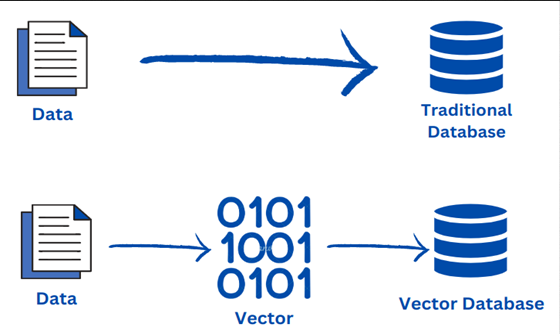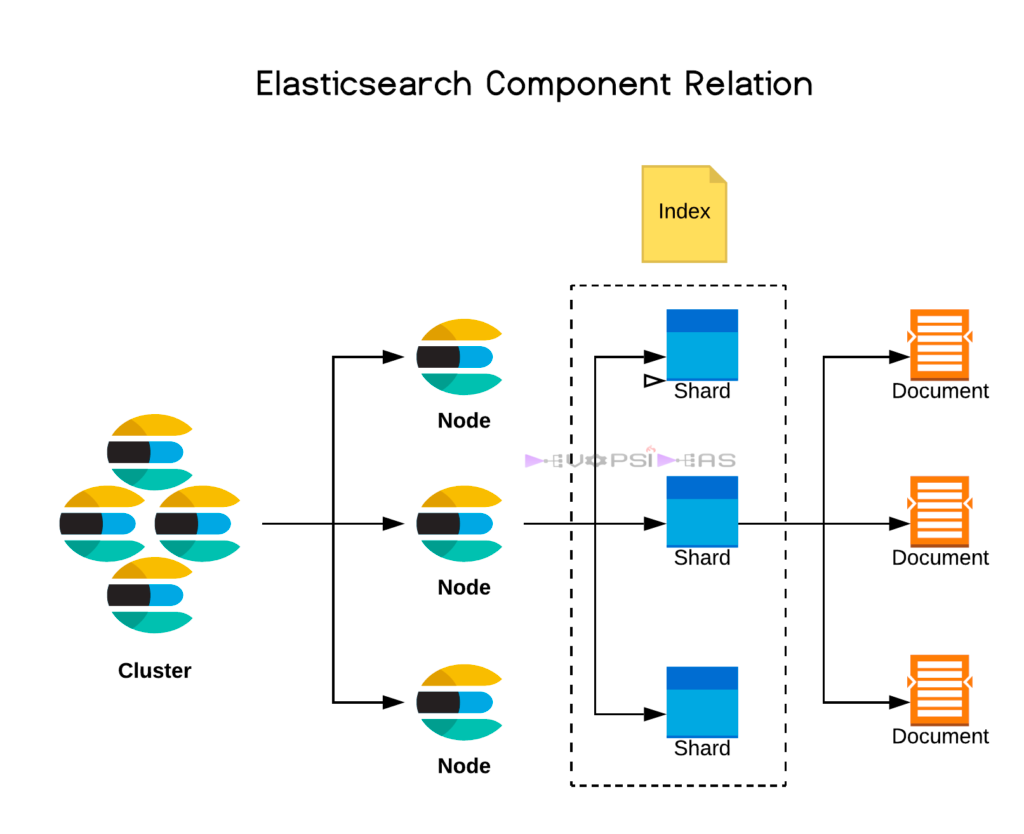Pinecone vs. Elasticsearch Comparison
In the realm of search and analytics engines, two names have been making significant waves: Pinecone and Elasticsearch. Both have their unique strengths, capabilities, and use-cases. This article dives deep into a technical comparison between the two, providing insights to help you make an informed decision.
In an era dominated by data, the tools we employ to manage, search, and analyze this data become paramount. Elasticsearch, a stalwart in the search engine domain, has been a preferred choice for many. Yet, with the rise of machine learning and the increasing importance of vector data, Pinecone emerges as a specialized contender. This article offers a deep dive into these two platforms, elucidating their capabilities and distinctions.
The World of Vector Databases

At its core, vector data is a series of numeric values representing information. This form of data representation is pivotal in machine learning, where data points are often multi-dimensional. Consider word embeddings in NLP: words are transformed into high-dimensional vectors that encapsulate their contextual essence. But with high dimensionality comes challenges, especially when it comes to retrieval and similarity searches.
Also Read – Top 10 Types of Vector Databases & Libraries [2024 Guide]
Pinecone: The New Kid on the Block

Pinecone, a dedicated vector database, is engineered to address the challenges posed by high-dimensional data. Its architecture is optimized for similarity searches, a crucial component in applications like recommendation systems and content-based retrieval. With Pinecone:
- Scalability: Handle billions of vectors without compromising on search speed.
- Accuracy: Advanced algorithms ensure precise results, even in vast vector spaces.
- Integration: Seamless compatibility with popular machine learning frameworks.
Pinecone has support for both dense vectors and sparse vectors in its indexing functionality
Elasticsearch: The Veteran Player

Elasticsearch, built on Apache Lucene, is a versatile search engine. Its capabilities extend beyond text, handling structured and unstructured data with equal prowess. With Elasticsearch:
- Distributed Nature: Scale horizontally, adding more nodes to the cluster as data grows.
- Real-time Indexing: Data is searchable almost immediately after being ingested.
- Extensibility: A rich ecosystem of plugins, from security to machine learning.
ElasticSearch now supports a range of custom similarity functions to compare vectors and even a limited range of models which can be used to vectorize content at injestion time.
Pinecone vs Elasticsearch
These entities are central to understanding the capabilities, features, and contexts in which Pinecone and Elasticsearch operate.
Pinecone:
- Managed vector database service
- Large-scale similarity search
- Machine learning applications
- High-dimensional vector space
- Recommendation systems
- Image search
- Natural language processing tasks
- Approximate nearest neighbor (ANN) search
- Pinecone Python library
Elasticsearch:
- Structured and unstructured data
- Release 7.0 (introduction of dense vector datatype)
- Apache Lucene (foundation of Elasticsearch)
- Inverted index (primary data structure for full-text search)
- Term-based and phrase-based matching
- Complex Boolean queries
- Elasticsearch Learning to Rank plugin
- Elasticsearch vector scoring plugin
- Dense vector datatype (with dimensionality constraints)
Data Representation:
- Elasticsearch: At its heart, it uses an inverted index, making it a master of full-text searches, especially with structured data formats.
- Pinecone: Purpose-built for high-dimensional vector data, Pinecone employs state-of-the-art algorithms to ensure efficient similarity searches.
Search Capabilities:
- Elasticsearch: Beyond its powerful full-text search capabilities, it offers term-based, phrase-based matching, and even complex Boolean queries.
- Pinecone: Its strength lies in similarity searches, with features like k-NN search, ensuring accurate results even with vast datasets.
Integration with Machine Learning:
- Elasticsearch: While it can be augmented with plugins for machine learning, its core strength isn’t necessarily high-dimensional vector data.
- Pinecone: Designed with machine learning at its core, it integrates seamlessly with popular frameworks, making the transition from model training to deployment smooth.
Performance:
- Elasticsearch: Efficient for text, but handling high-dimensional vectors can be challenging, especially with dimensionality constraints.
- Pinecone: Built for vectors, ensuring rapid and accurate similarity searches, even with dimensions reaching up to 20,000.
Ecosystem and Community:
- Elasticsearch: A vast community, extensive documentation, and a plethora of plugins. However, its vector capabilities, especially in terms of dimensionality, are limited.
- Pinecone: While newer, it offers dedicated support, seamless integration with generative AI machine learning frameworks, and is rapidly gaining traction.
Real-world Applications
Both Pinecone and Elasticsearch have found their places in various industries. For instance, e-commerce giants leverage Pinecone’s efficient similarity searches for recommendation engines, ensuring users get product suggestions aligned with their preferences. On the other hand, IT firms often rely on Elasticsearch for log analysis, extracting insights from vast logs to optimize operations.
Diving In: Getting Started
For those eager to explore, both platforms offer extensive resources. Pinecone’s official website provides a gateway to its offerings, complete with documentation and tutorials. Elasticsearch, with its vast community, offers a plethora of guides, ensuring even novices can get up to speed quickly.
The Verdict
Choosing between Pinecone and Elasticsearch isn’t a matter of superiority but of fit. Pinecone’s focus on high-dimensional vector data makes it a niche yet powerful tool, while Elasticsearch’s versatility ensures it remains a favorite for diverse data needs. As always, understanding the specific requirements and evaluating both platforms based on those is the key to making the right choice.
RedBlink is an AI consulting and generative AI development company, offering a range of services in the field of artificial intelligence. With their expertise in ChatGPT app development and machine learning development, they provide businesses with the ability to leverage advanced technologies for various applications. By hiring the skilled team of ChatGPT developers and machine learning engineers at RedBlink, businesses can unlock the potential of AI and enhance their operations with customized solutions tailored to their specific needs. Ready to dive more into generative AI? Learn how to build your own generative AI solutions.

Director of Digital Marketing | NLP Entity SEO Specialist | Data Scientist | Growth Ninja
With more than 15 years of experience, Loveneet Singh is a seasoned digital marketing director, NLP entity SEO specialist, and data scientist. With a passion for all things Google, WordPress, SEO services, web development, and digital marketing, he brings a wealth of knowledge and expertise to every project. Loveneet’s commitment to creating people-first content that aligns with Google’s guidelines ensures that his articles provide a satisfying experience for readers. Stay updated with his insights and strategies to boost your online presence.
